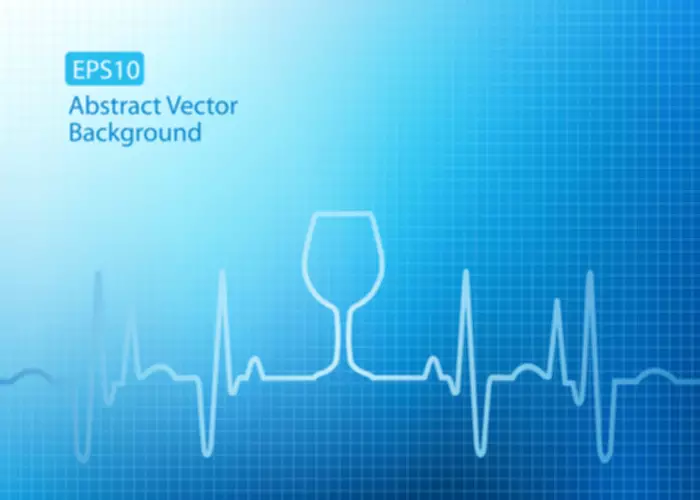Because of this, healthcare providers can’t prescribe marijuana. But providers may certify marijuana use to help with certain medical conditions in states that legally allow it. Some people who consume cannabis long-term may develop brain fog, lowered motivation, difficulty with learning, or difficulty with attention. Symptoms are typically reversible, though using products with higher THC content may increase risk of developing cognitive symptoms. Addiction to marijuana is most commonly diagnosed during adolescence or young adulthood.
Know the Risks of Marijuana
This dopamine cycle may also explain why as many as 30 percent of cannabis users develop cannabis use disorder. Severe cannabis use disorder, or addiction, may be relatively uncommon, but it can occur. The effects of cannabis extend throughout the central nervous system (CNS). Cannabis is thought to ease pain and inflammation and marijuana addiction help control spasms and seizures. Still, there are potential long-term negative effects on the CNS to consider. Since many of these withdrawal symptoms mimic warning signs of other conditions and problems, an expert assessment by an addiction professional is necessary to determine whether marijuana withdrawal is the cause.
- Complications after surgery.
- Read on to see how it affects each system in your body.
- The utilization-adjusted abuse rates for any past-year use of a substance showed the highest rate for heroin (increasing from 4,038 to 7,201 cases per one million people).
- Cannabis—which can also be called marijuana —is the most commonly used federally illegal drug in the United States.
How does marijuana affect the brain? Psychological researchers examine impact on different age groups over time
9 facts about Americans and marijuana – Pew Research Center
9 facts about Americans and marijuana.
Posted: Wed, 10 Apr 2024 07:00:00 GMT [source]
The evaluation in Part 2, undertaken by FDA, was not meant to be, nor is it, a determination of safety and efficacy under the Federal Food, Drug, and Cosmetic Act’s drug approval standard for new human or animal drugs. Rather, HHS’s two-part test is designed to evaluate whether a substance, in this case marijuana, has a CAMU for purposes of drug scheduling recommendations and placement in a drug schedule consistent with criteria set forth in 21 U.S.C. 812(b). In contrast, comparators such as heroin (schedule I), oxycodone (schedule II), and cocaine (schedule II) typically were in the highest rank ordering on these measures. Despite the high prevalence of nonmedical use of marijuana, HHS observed that an overall evaluation of epidemiological indicators suggests that it does not produce serious outcomes compared to drugs in schedules I or II. HHS found this especially notable given the availability of marijuana and marijuana-derived products that contain extremely high levels of Δ9-THC. According to HHS, ICPS data showed that the prevalence of past-year nonmedical use of marijuana ranged from 18 percent to 22 percent of individuals surveyed from 2019 to 2021, while the prevalence of past-month nonmedical use was lower, ranging from 12 percent to 14 percent of individuals surveyed.

$9 million donation earmarked for cannabis research
- If you need more anesthesia to fall asleep because of your pot use, you’re at a higher risk of low blood pressure and a delayed wake-up after surgery.
- Scientifically, there are many unknowns regarding marijuana.
- If you use it regularly, you could have the same breathing problems as someone who smokes cigarettes.
- Yale Medicine psychiatrists treat patients for all addictions, including cannabis use disorder.
- This theory is supported by a review of animal studies that demonstrated increased glutamate signaling during drug self-administration and relapse, offering a potential neurochemical target for treatment in preventing craving and subsequent relapse.
As a result of its most recent evaluation, which incorporates post-2016 data into its analysis, HHS has recommended a finding that abuse of marijuana may lead to moderate or low physical dependence or high psychological dependence. HHS therefore developed an alternative test composed of those two inquiries as a third, independently sufficient approach for determining whether a substance has a CAMU under the CSA. HHS applied this two-part test to marijuana and recommended a finding that marijuana has a CAMU under the CSA. The fifth factor that DOJ and HHS must consider under 21 U.S.C. 811(c) is the scope, duration, and significance of marijuana abuse.
Teens who use marijuana are more likely to suffer psychotic disorders, study finds
- “This could lead to side effects because the medication is in the body longer and at higher concentrations,” he said.
- The scientific evidence must be widely available.
- George Washington grew it as a crop at Mount Vernon.
- WEDNESDAY, May 22, 2024 (HealthDay News) — Reflecting changing times and legislation, Americans are now more apt to light up a joint or pop a weed gummy on a daily basis than they are to raise a glass of wine or beer, new research shows.
- More research is needed to better understand these mental health links and ramifications.
